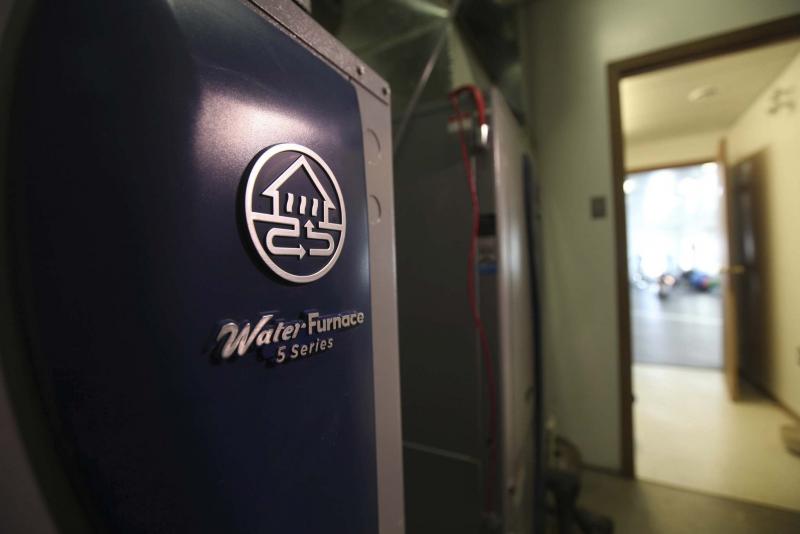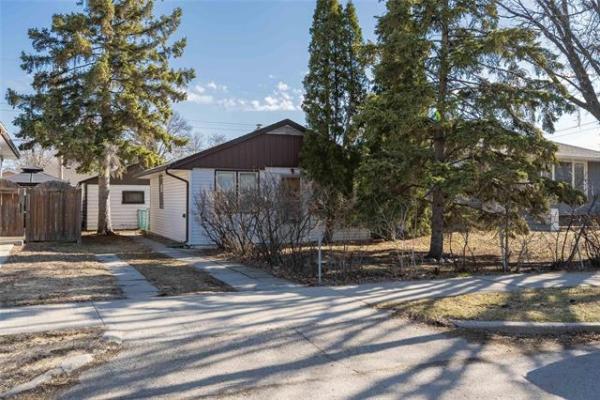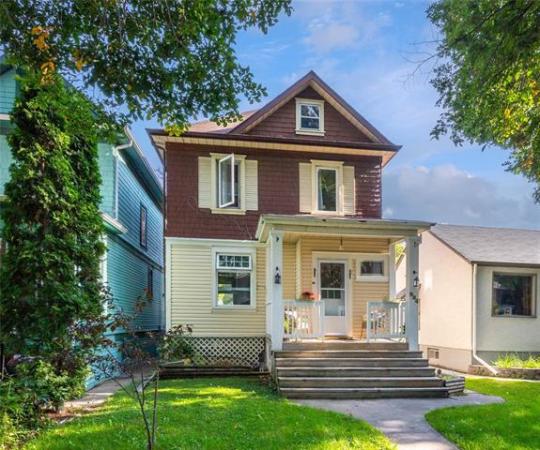Question: I installed a high-efficiency furnace in my 1968 home, which has no HRV. It works great, but sometimes the air in the house gets kind of dry. My thermostat tells me the humidity in the house is low. Everyone recommends a humidifier, some suggesting a furnace-mounted central humidifier. The idea is to add some humidity to the air we breathe.
Add on a few hundred dollars for this. Then, some people recommend installing a bathroom fan to remove the humidity from the bathroom, so we won’t start growing mushrooms. OK, I understand this, too. Add another couple of hundred dollars to install a fan to get rid of humidity. So, I am incurring a lot of expense to add humidity, then turning around and adding more expense to get rid of humidity. This seems contradictory.
Why don’t I just vent my bathroom fan into the fresh-air intake, or heated-air output, of my furnace to add this humidity to the air circulating in my house? Everything is already in place and major expense would be unnecessary.
My thoughts are that this would make a lot of sense and do two jobs at the same time. To me, this is a no-brainer. Why don’t we do this in all homes?
If you can help, please let me know what your thoughts are.
— Gord Price
Answer: There is still a lot of confusion about moisture and relative humidity (RH) in homes, especially in the heating season. As our housing has evolved into more energy-efficient dwellings, the need to add humidity has reversed direction, where we now need to remove moisture from the indoor air. The simple explanation is that dry air is good for the home and the health of the occupants, but can lead to dry skin and throats in homeowners.
I always agree with the cliché, "there are no dumb questions," particularly when dealing with clients or readers. Unfortunately, I do sometimes get good questions about really dumb ideas. Yours falls into this category. I totally agree, there is a conundrum between adding moisture to the house air with one system while removing it with another. Fortunately, this dilemma is only occurring because you are receiving poor advice from people with outdated ideas. I’m not sure which "construction people" you are asking, but if they don’t know the answer to why you should not attempt your humidification idea, they are not well-versed in modern building science.
Over the years, I have advised countless readers who have made energy-efficiency upgrades to their homes on how to prevent new moisture issues in their homes from occurring. This normally happens after the trifecta of home upgrades are completed. These include installation of a high-efficiency furnace, increased insulation in the attic and basement and replacement of older windows and doors. Once these three items are updated in older homes, they will significantly make the house more energy efficient and comfortable for one simple reason — all three improve the airtightness of the building enclosure, reducing warm-air loss to the exterior. The downside to these upgrades is excess moisture in the house air, which used to harmlessly escape, now stays inside. This raises the RH, sometimes significantly, and causes condensation and moisture-related problems. The typical solution to this problem is to increase ventilation by more frequent use of exhaust fans and fresh-air intakes, or ventilation systems such as an HRV.
So, you properly understand the reason why you have to spend money installing exhaust fans in your bathrooms. What you don’t realize is the advice to install a humidifier, especially on your furnace plenum, is totally unwarranted. I completely agree with your assessment about adding moisture in one area and removing it from another being contradictory. I see this, sometimes, in newer homes where a humidifier is installed in the furnace ducting right beside the HRV. One device is used to remove excess moisture from the indoor air and the other to pump more water vapour into that same air. Does this make any sense? The answer is a resounding no. So, there is no use even considering your proposal, because you need the exhaust fan to remove moisture from your bathrooms, but you don’t need to replace it.
Dry indoor air during the heating season, around 30 per cent RH at room temperature, will prevent a host of moisture-related issues in your home. Ignore your thermostat and buy an inexpensive electronic hygrometer to ensure your RH is where it should be. If you find the air unbearably dry, using a small, portable cool humidifier in your bedroom at night may help.
Taking the exhausted humid air from your bathroom and diverting it anywhere other than to the exterior of the home is a recipe for trouble. The reason this is never done is because we don’t need to add moisture to the house air in updated homes, we have to remove it.
Dry indoor air is the goal for a healthy home, so use your new bathroom fans regularly, buy lots of hand lotion and ignore any advice that tells you to install a humidifier to add moisture to the air in your home.
Ari Marantz is the owner of Trained Eye Home Inspection Ltd. and the past president of the Canadian Association of Home & Property Inspectors — Manitoba (cahpi.mb.ca). Questions can be emailed to the address below. Ari can be reached at 204-291-5358 or check out his website at trainedeye.ca.
trainedeye@iname.com




